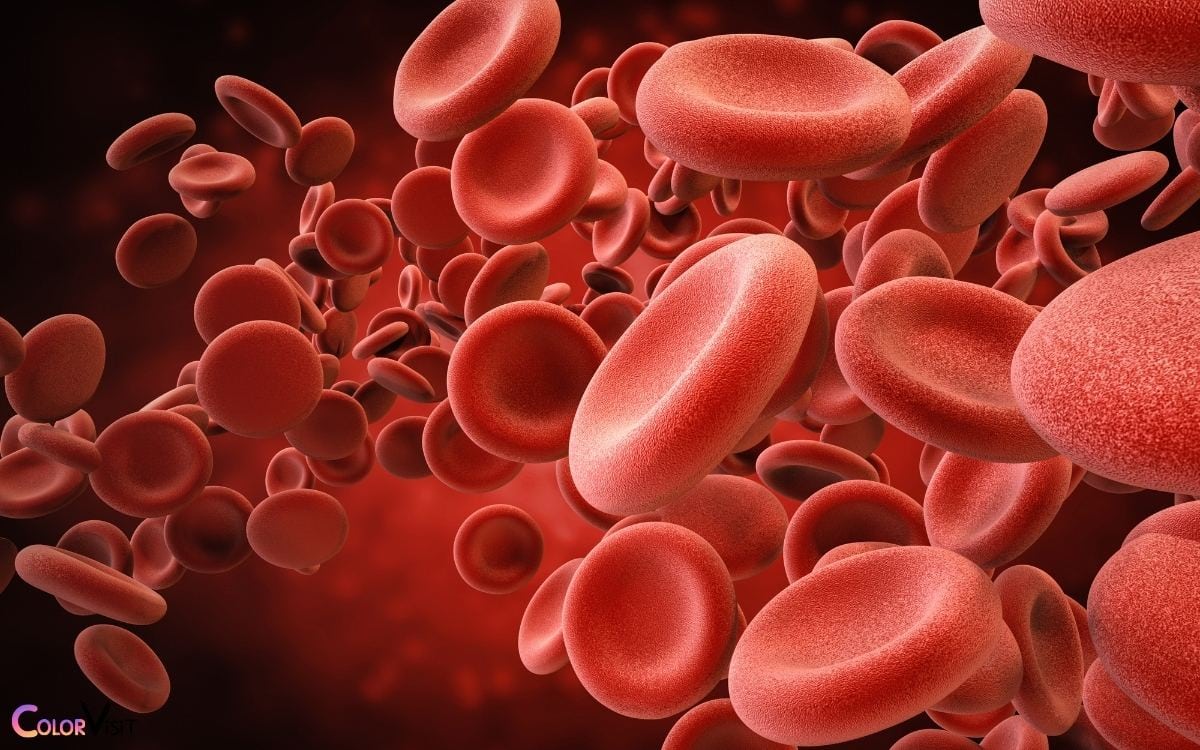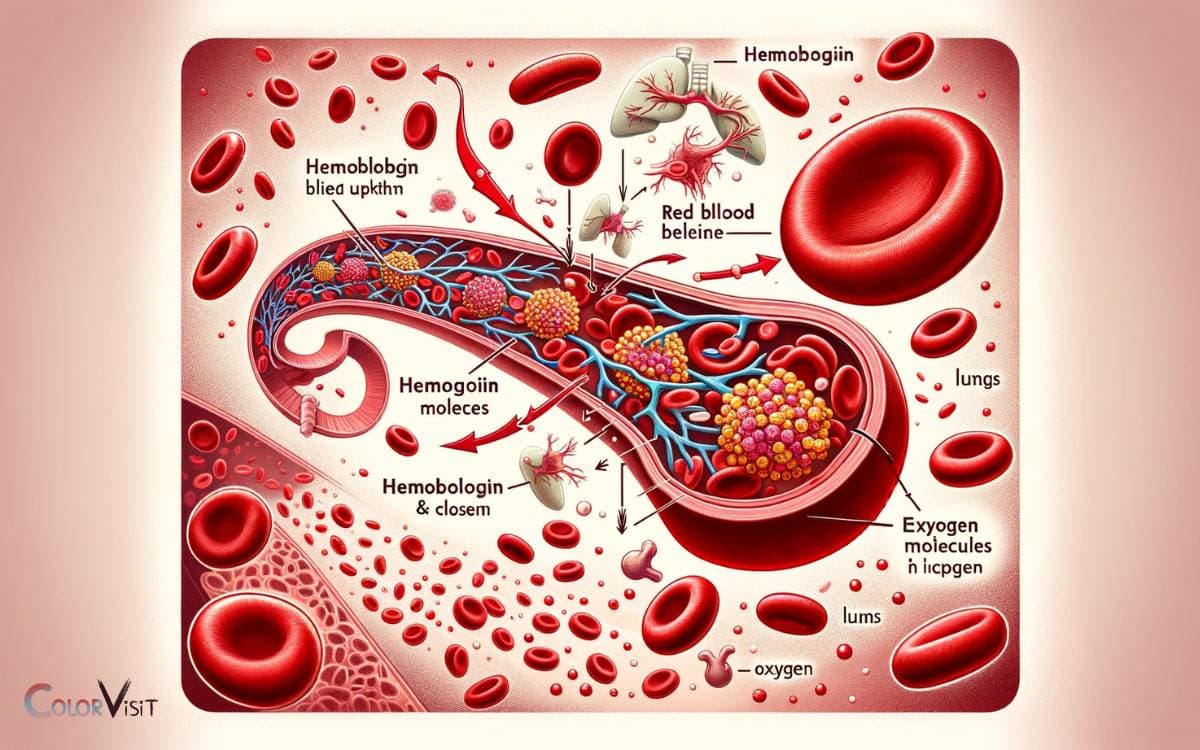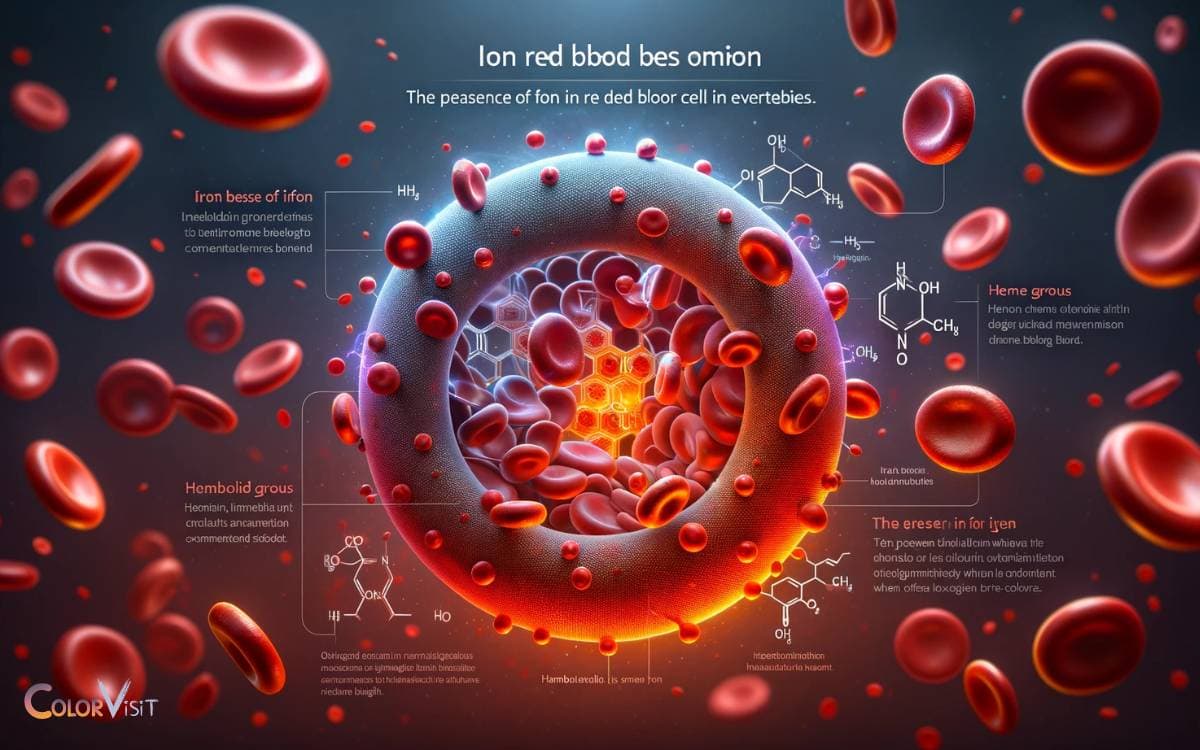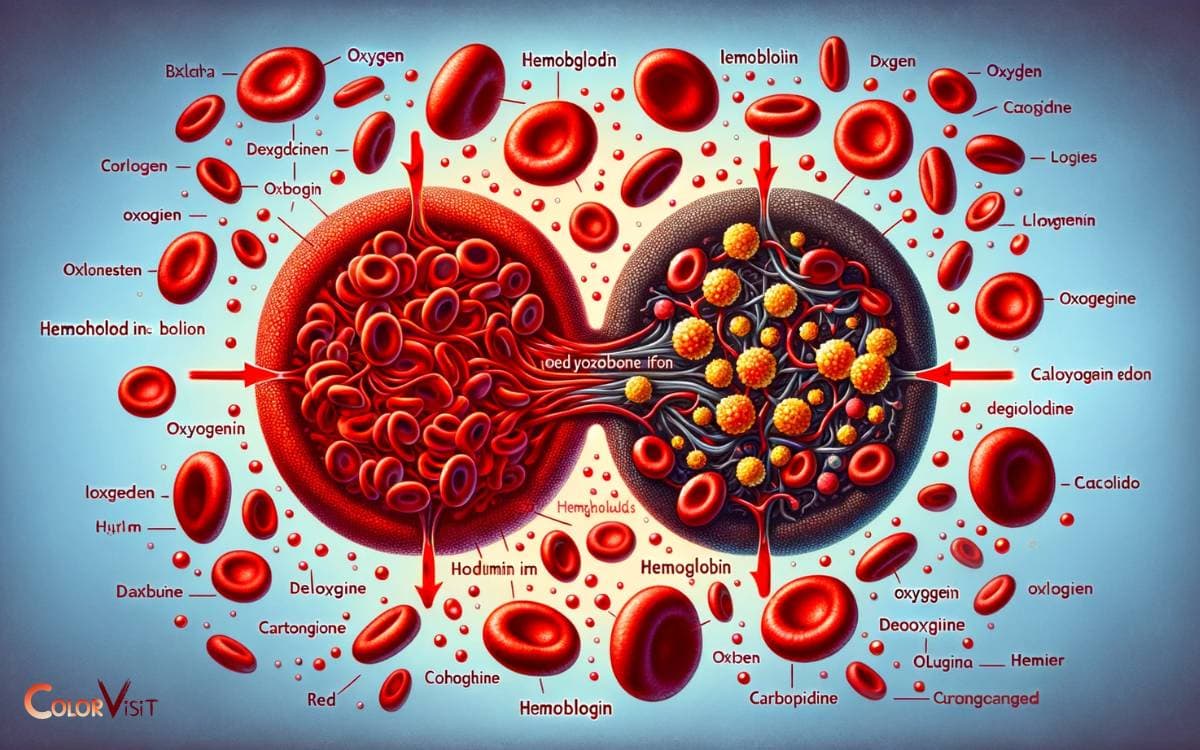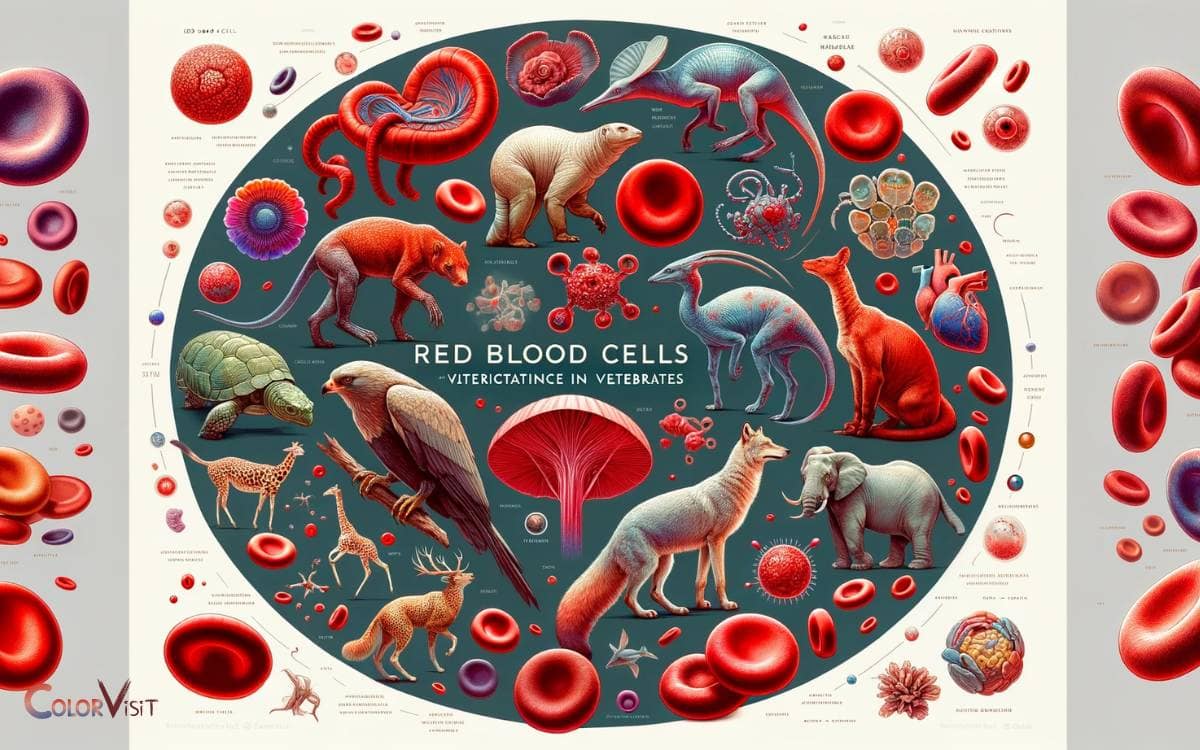In Vertebrates Which Substance Gives Red Blood Cells Their Color
Hemoglobin is the protein in vertebrate red blood cells that gives them their characteristic red color.
This vital molecule is essential for the transport of oxygen from the lungs to the body’s tissues and the return transport of carbon dioxide from the tissues to the lungs.
The iron within these heme groups is what binds oxygen, and it is also responsible for the red coloration of the blood.
When hemoglobin binds to oxygen in the lungs, it forms oxyhemoglobin, which is bright red, and when it releases oxygen in the tissues, it becomes deoxyhemoglobin, which has a darker red appearance.
Hemoglobin Structure:
Hemoglobin not only bestows a vibrant red hue upon blood but also serves as a crucial transporter of life-sustaining oxygen, showcasing the elegant efficiency of biological systems.
Key Takeaway
The Role of Hemoglobin in Oxygen Transport
Hemoglobin plays a crucial role in the transport of oxygen in vertebrates.
This remarkable protein, found in red blood cells, binds to oxygen in the lungs and carries it through the bloodstream to tissues and organs, where it is released to support cellular respiration.
Understanding the intricacies of hemoglobin’s function has led to innovative advancements in medical treatments and technologies.
Researchers are exploring artificial and modified forms of hemoglobin to improve oxygen delivery in conditions such as anemia, ischemia, and even in artificial blood substitutes.
Furthermore, insights into the molecular structure and behavior of hemoglobin have paved the way for novel drug delivery systems and oxygen-carrying nanoparticles.
The ever-evolving understanding of hemoglobin’s role continues to drive groundbreaking developments in the field of oxygen transport and beyond.
Structure and Function of Hemoglobin
The protein hemoglobin, with its intricate molecular structure, is responsible for the transport of oxygen in vertebrates, playing a vital role in maintaining cellular respiration and overall physiological function.
Hemoglobin’s structure and function are fascinating areas of study, revealing essential insights into oxygen transport and delivery in the body.
- Quaternary Structure: Hemoglobin consists of four subunits, each containing a heme group that binds to oxygen.
- Cooperative Binding: Its allosteric nature allows for cooperative binding of oxygen molecules, enhancing its efficiency in oxygen transport.
- Oxygen Affinity Regulation: Hemoglobin’s affinity for oxygen is finely tuned to adapt to varying oxygen concentrations, ensuring optimal oxygen delivery to tissues.
Understanding the structure and function of hemoglobin is crucial for advancing medical treatments and technologies aimed at enhancing oxygen delivery in various physiological conditions, including anemia and respiratory disorders.
Iron’s Contribution to Red Blood Cell Color
Iron, an essential component of the heme group within hemoglobin, is the primary substance responsible for imparting the red color to vertebrate red blood cells.
The interaction between the iron ion at the center of the heme group and the oxygen molecule is what gives blood its characteristic red hue.
This process, known as oxygenation, is crucial for the transport of oxygen from the lungs to tissues throughout the body.
In addition to its role in oxygen transport, iron’s contribution to red blood cell color underscores its significance in maintaining overall physiological function.
Below is a table illustrating the importance of iron in red blood cell color:
- Iron’s Contribution to Red Blood Cell Color
- Key Component of Heme GroupFacilitates
- Oxygenation Process
- Essential for Oxygen Transport in the Body
Hemoglobin’s Interaction With Oxygen and Carbon Dioxide
The interaction between a specific protein and gases in the bloodstream plays a vital role in the exchange of oxygen and carbon dioxide in vertebrate red blood cells.
Hemoglobin, the protein responsible for the red color of blood, facilitates this essential exchange through its interaction with oxygen and carbon dioxide.
The interaction occurs through a process known as cooperative binding, where oxygen molecules bind to the heme groups within the hemoglobin protein, leading to a conformational change that enhances the protein’s affinity for more oxygen.
Additionally, hemoglobin also plays a crucial role in transporting carbon dioxide by forming carbaminohemoglobin, which aids in the removal of carbon dioxide from tissues and its transport to the lungs for exhalation.
These interactions highlight the dynamic and intricate nature of hemoglobin’s function in the exchange of respiratory gases, showcasing the marvel of biological innovation.
The Significance of Red Blood Cell Color in Vertebrates
Red blood cell color in vertebrates is a significant indicator of their oxygen-carrying capacity and overall health.
The rich red hue of vertebrate red blood cells is due to the presence of iron-containing hemoglobin, which plays a crucial role in binding and transporting oxygen throughout the body.
The intensity of the red color directly correlates with the hemoglobin levels and the blood’s ability to carry oxygen.
In healthy vertebrates, the vibrant red color signifies efficient oxygen transfer, ensuring proper oxygenation of tissues and organs.
Conversely, pale or discolored red blood cells may indicate anemia or other underlying health issues, signaling reduced oxygen-carrying capacity and potential health complications.
Hence, the color of red blood cells serves as a visual cue for assessing the oxygen-carrying potential and overall well-being of vertebrates.
Conclusion
The red color of vertebrate red blood cells is due to the presence of hemoglobin, a protein that contains iron and is responsible for transporting oxygen throughout the body.
While some may argue that the color of red blood cells is insignificant, it is important to recognize that this color is a visual indicator of the vital role that hemoglobin plays in maintaining the body’s oxygen levels, making it a crucial aspect of vertebrate physiology.
